Persian cats originated from Persia and are one of the oldest cat breeds. It has thick bones and well-developed. The foreheads, noses and chins are all flat without sharp edges. Together with their big and round eyes, they look very gentle and friendly. It is cute, elegant, home-loving, optimistic, honest to people and easy to communicate with. It is suitable to be kept as a companion animal. But are Persian cats suitable for people with allergies?
In This Article
Do You Know Allergic Reaction?
Allergy symptoms occur when the immune system mistakenly sees harmless substances as invaders and mounts an exaggerated immune response to them.
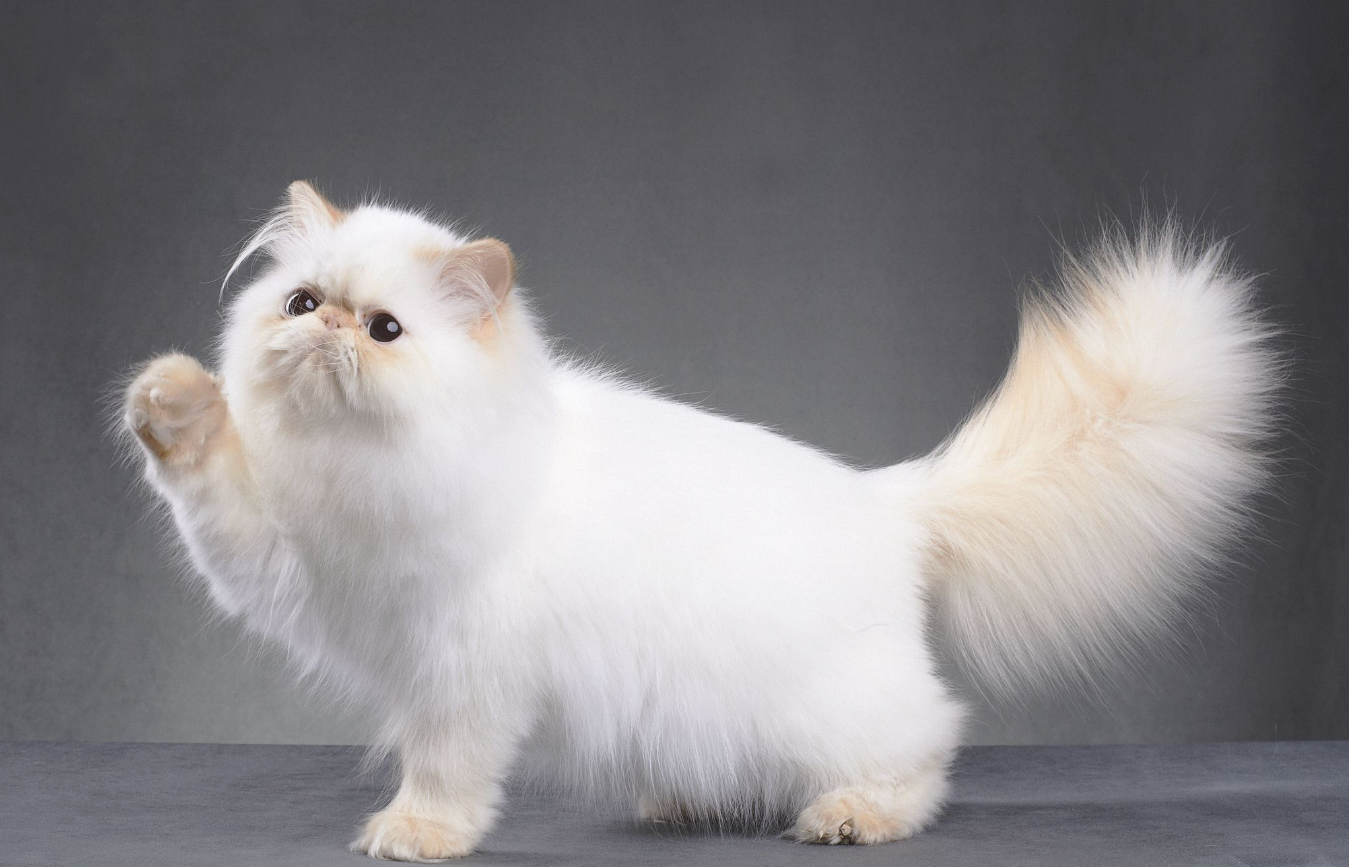 Anaphylaxis is caused by an over-sensitivity or over-activation from body’s immune system. When your body is exposed to an allergen (a substance that triggers an allergic reaction), the immune system releases an antibody called immunoglobulin E (IgE). These antibodies will bind to receptors on the surface of cells. When the allergen re-enters the body, it will bind to the receptors. And then these cells can release a variety of chemicals, including histamine, interleukins and other inflammatory mediators. These substances can cause allergy symptoms such as nasal congestion, coughing, sneezing, itchy skin, rashes, and asthma.
Anaphylaxis is caused by an over-sensitivity or over-activation from body’s immune system. When your body is exposed to an allergen (a substance that triggers an allergic reaction), the immune system releases an antibody called immunoglobulin E (IgE). These antibodies will bind to receptors on the surface of cells. When the allergen re-enters the body, it will bind to the receptors. And then these cells can release a variety of chemicals, including histamine, interleukins and other inflammatory mediators. These substances can cause allergy symptoms such as nasal congestion, coughing, sneezing, itchy skin, rashes, and asthma.
Are Persian Cats Hypoallergenic?
Generally speaking, if you have a cat allergy, the Fel d1 protein in cat dander is the main cause. It’s a protein secreted by cats’ sebaceous glands and saliva. When cats lick their fur or shed dander, these proteins become suspended in the air and then enter your body. Allergic reactions will appear.
Some people believe that Persian cats may be a relatively hypoallergenic cat breed because Persian cats have lower levels of the Fel d1 protein. While lower Fel d1 levels may mean that you have less chance to develop an allergic reaction when in contact with them.
Although Persian cats have lower levels of the Fel d1 protein, this does not mean that all people with cat allergies can contact with Persian cats without developing an allergic reaction. Everyone’s immune system and allergic reactions are unique, so some people may still have an allergic reaction to Persian cats.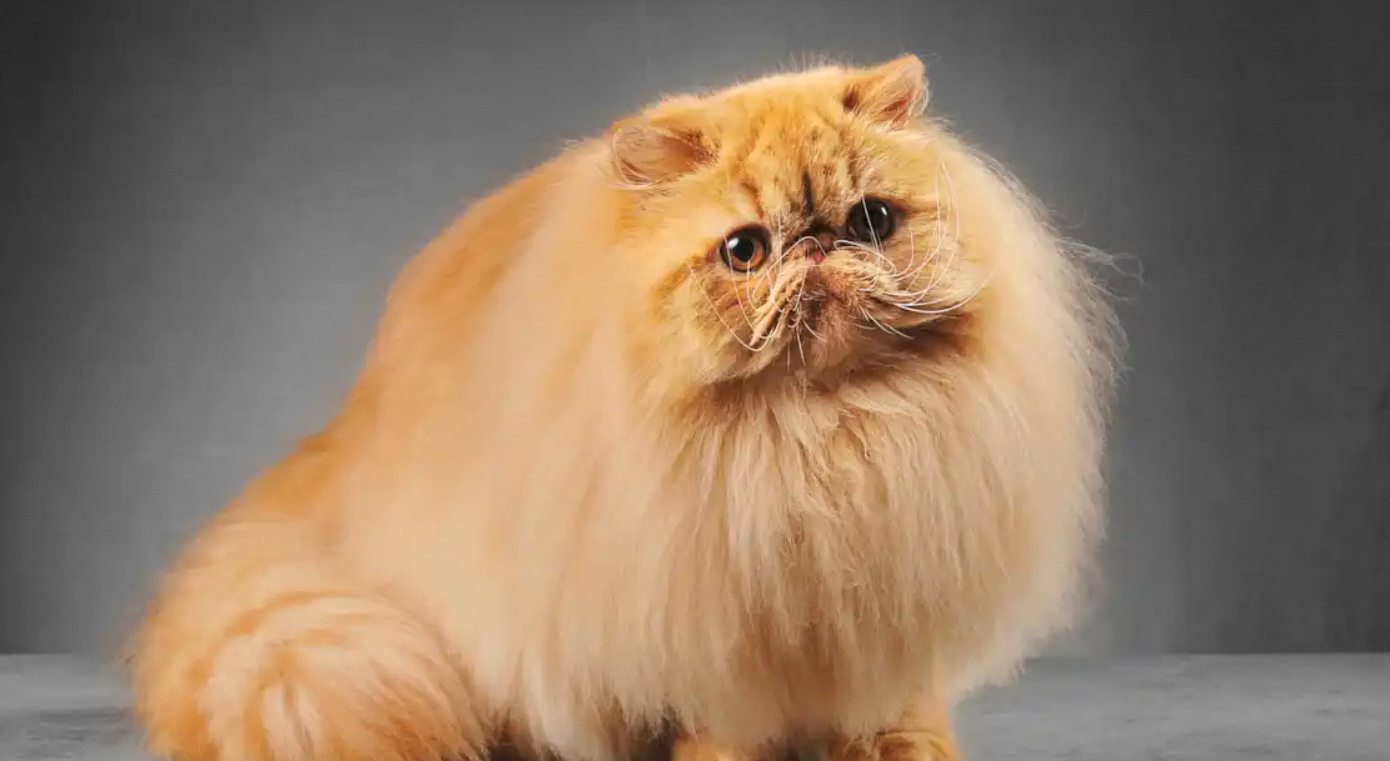
Ways to Mitigate Allergic Symptoms
Clean and vacuum regularly
Clean floors and furniture regularly to keep your home clean.Use a vacuum cleaner with a high-efficiency filter to clean carpets and furniture.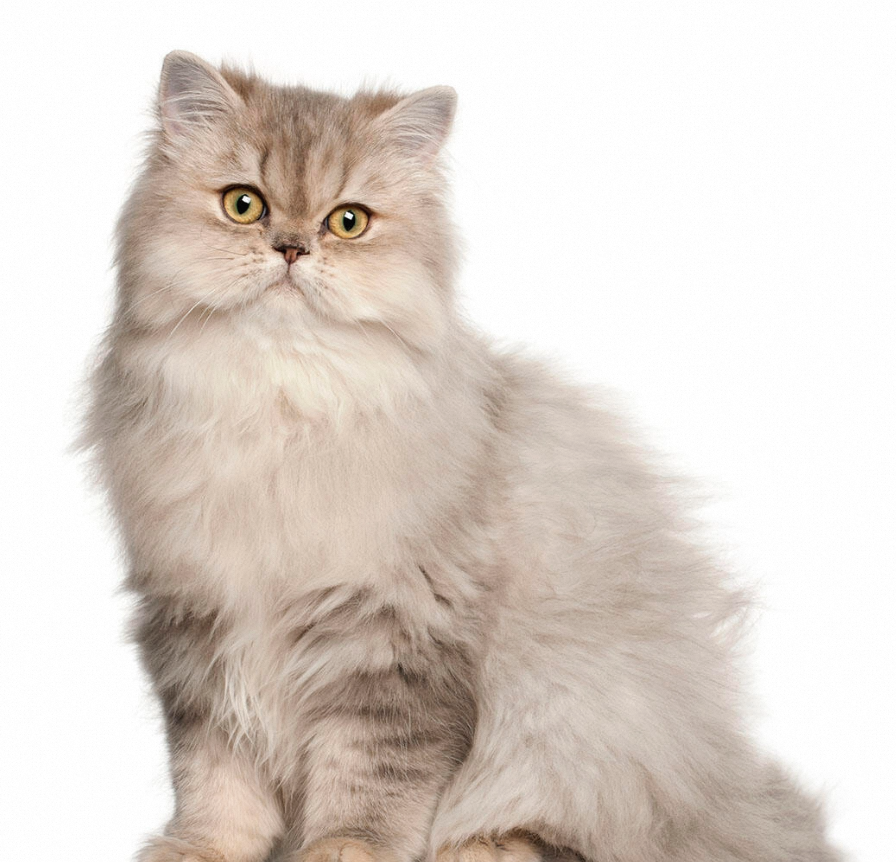
Bathing
Bathe your Persian cat regularly to reduce the spread of cat fur and dander. Use warm water and a cat-friendly shampoo product.
Separate areas
Separate Persian cat from the area where you live as much as possible. This can reduce the spread of allergens throughout your home.
Air filter
Install a high-efficiency air filtration system to filter allergens in the air and mitigate allergic symptoms.
Avoid contact
Don’t contact with Persian cats directly, especially touch your eyes, nose or mouth after touching the cat’s fur. You can wear long-sleeved clothing and long pants when playing with Persian cats.
Prevent cat fur from spreading
Brush your Persian cat’s coat regularly to reduce shedding of hair and dander. Using a specially designed cat brush can effectively control the spread of cat hair.
Pay attention to personal hygien
Wash your hands promptly after playing with Persian cats.
These methods can mitigate allergy symptoms when in contact with Persian cats. However, everyone has different allergies and sensitivities, some people may need to take more stringent measures to manage their allergies.
What cats are 100% hypoallergenic?
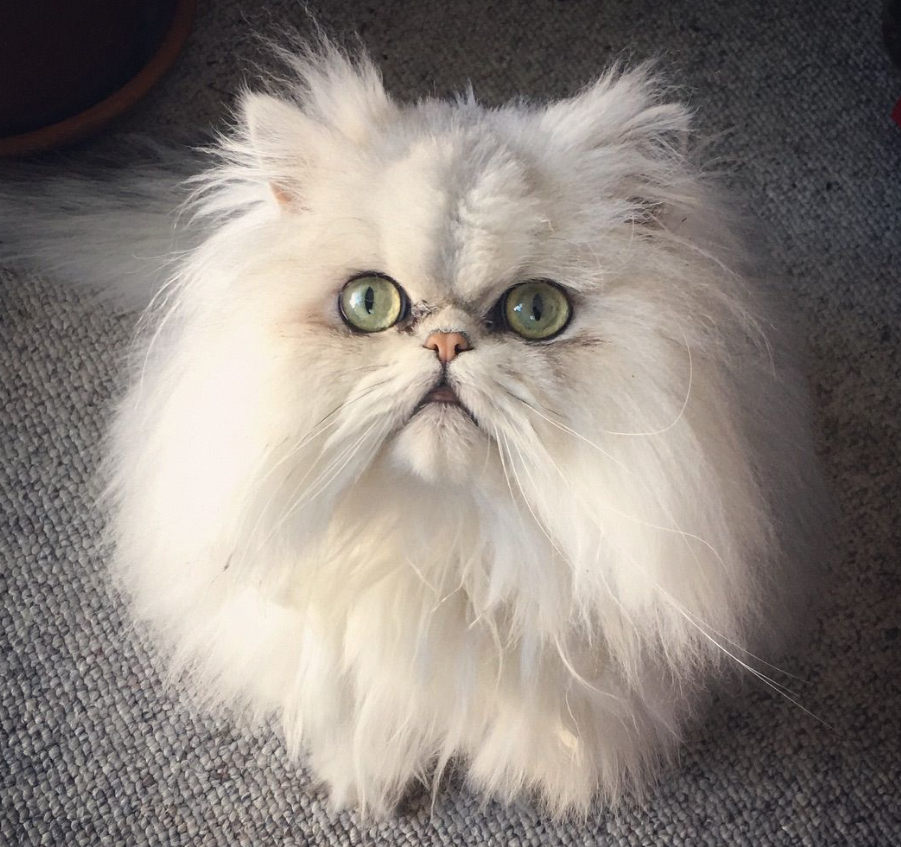 The answer is none. There is no cat 100% hypoallergenic. All cats produce allergenic proteins including the Fel d1 protein in their saliva and skin glands. They are the primary triggers for allergies in humans. Some cat breeds can produce lower levels of allergenic proteins. While this only can reduce the likelihood or severity of allergic reactions for some people. And these breeds are often referred to as “hypoallergenic” cats.
The answer is none. There is no cat 100% hypoallergenic. All cats produce allergenic proteins including the Fel d1 protein in their saliva and skin glands. They are the primary triggers for allergies in humans. Some cat breeds can produce lower levels of allergenic proteins. While this only can reduce the likelihood or severity of allergic reactions for some people. And these breeds are often referred to as “hypoallergenic” cats.
Some other cat breeds that are commonly considered to be hypoallergenic.
Siberian
Siberian cats are believed to produce lower levels of allergenic proteins compared to other breeds.
Balinese
Balinese cats are a long-haired variant of the Siamese breed and also considered to produce fewer allergenic proteins.
Russian Blue
Russian Blue cats are often considered as hypoallergenic due to their lower levels of Fel d1 protein.
Bengal
Although they are not completely hypoallergenic, Bengal cats are known to produce lower levels of allergenic proteins compared to many other breeds.
Fur’s Feature of Persian cat
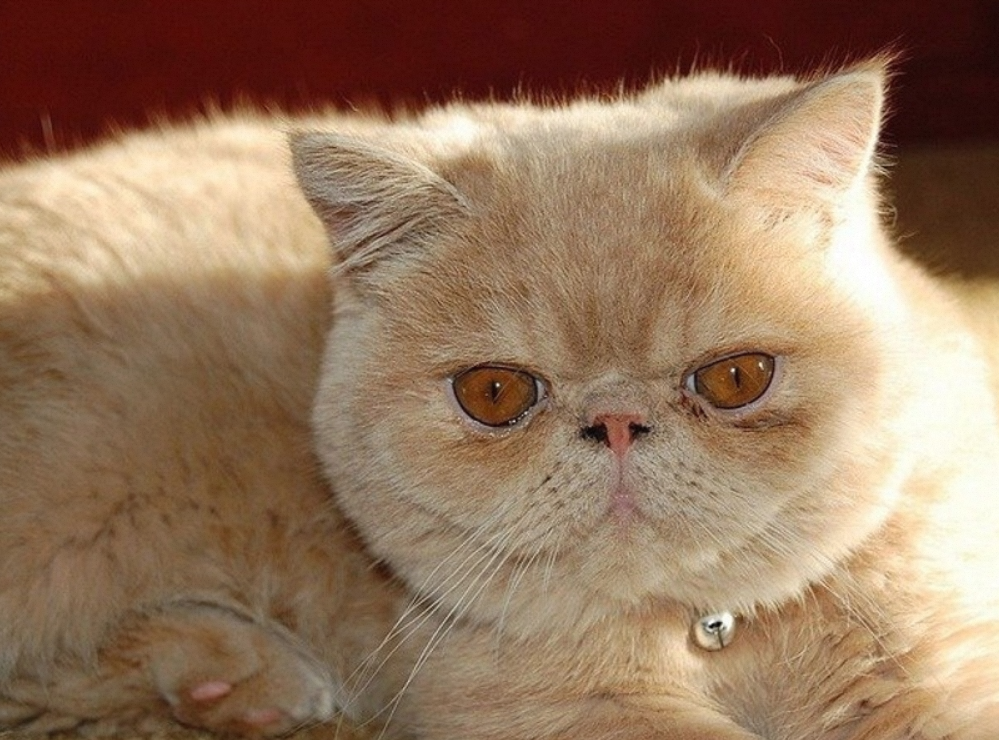 Persian cat is a cat breed with long and thick hair. The characteristics of hair are followed.
Persian cat is a cat breed with long and thick hair. The characteristics of hair are followed.
Long and Dense Hair
Persian cats have very long and dense hair that covers their body. The hair has multiple layers, including a top layer of long hair and an underlayer of soft undercoat.
Rich coat
When you look at persian cat’s coat you’ll feel rich and fluffy. Their hair tends to form a distinct mane around body.
Various coat colors and pattern
Persian cats have a variety of coat colors and patterns, including solid colors (white, black, blue, etc.), two-color (black and white, blue and white, etc.) and multi-colors (tri-color, tabby, etc.).
Regular hair care
Because Persian cats’ long hair is prone to knots and tangles, regular hair care is necessary. It’s helpful to keep their coat healthy and neat.
While many people think that Persian cats are hypoallergenic, it is important to note that no cat breed is completely hypoallergenic. Compared to other breeds, some individuals with allergies may experience milder reactions to Persian cats. But you can’t guarantee that they will not trigger allergic reactions. It is important to spend time with Persian cats to evaluate personal sensitivity and allergic response before taking them home. Regular cleaning and grooming are helpful to minimize allergen exposure for those who choose to keep a Persian cat despite their allergenicity.
